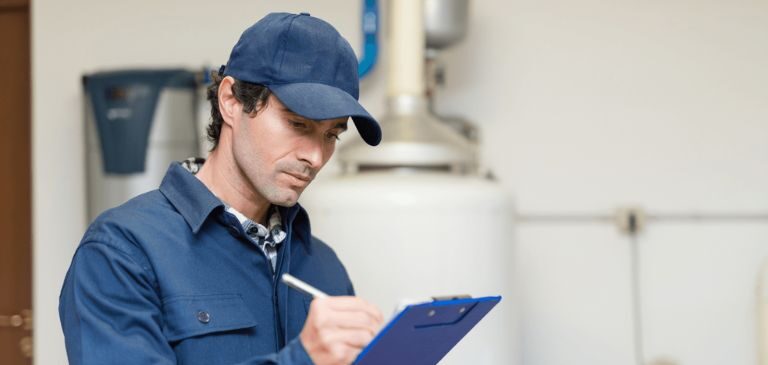
Many facility maintenance technicians run a balancing act between filtering well and not adding too much load on equipment, especially old units. They often end up sacrificing clean air to keep equipment from breaking down. This is unfortunate, as most times a solution to achieve both is available.
Sacrificing air quality by using very open filters means that the coils are going to see more dust load, resulting in needing cleaned more often, or increased strain placed on the equipment. This causes poor performance or breakdown of equipment. Too often, we see this with too many of our customers.
In applications where the equipment is new, and the drive to conserve energy is on, we have also seen inferior filters used. For example, a facility reducing the MERV rating on an ASHRAE style box filter, when replacing it with a V-cell filter would result in both reduced energy consumption as well as extending the life of the filter by 50%.
While initial resistance on a filter is important, there is more to the story. The final resistance and dust holding capacity are the most important factors when analyzing filters. A standard pleated filter may have a low initial resistance but it loads up very quickly. However, a mini pleat may have a slightly higher initial resistance but takes much longer to load up with dust, giving a much more consistent air flow over time.
We recommend engaging a trained and certified filtration specialist to review what can be done to improve filtration and energy efficiency at the same time.
Headquarters and Warehouse #1
2567 Prime Way
Knoxville, TN 37918
(865) 525-8697
Production Facility and Warehouse #2
2551 Prime Way
Knoxville, TN 37918
High Purity Facility and Warehouse #3
2553 Prime Way
Knoxville, TN 37918